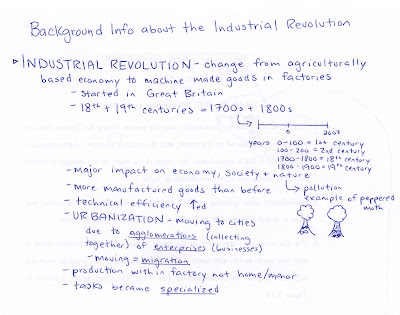Science in the Renaissance Name:__________________________
Assignment: Write an obituary about one of the following Renaissance Scientists:
1) Leonardo da Vinci
2) Galileo Galilei
3) Nicolaus Copernicus
An obituary is a short piece of writing that describes someone’s life after they have died. An obituary tells the reader about the deceased (the dead person) including the years of their life, about their accomplishments, and their contribution to the world. These obituaries appear in newspapers or magazines.
Requirements for your obituary:
1) Your obituary must have the dates of the person’s life
2) It must be between ½ and 1 page long.
3) It must have three paragraphs:
· the first describing the person (their background, birthplace, etc.)
· the second describing major events in their lives and their accomplishments
· the third summarizing their contribution to the Renaissance Worldview
The draft must be edited and signed by someone else (a classmate, a parent, an older brother/sister)
I, _________________________________ read and edited the attached writing assignment.
Date:_______________________________ Signature:___________________________________
**Please hand in your draft that has been edited, your good copy, and this sheet***
Marking Rubric:
Name on assignment: /1
Instructions followed (3 requirements met): /3
Draft shows signs of editing: /2
Assignment sheet signed by editor: /2
Spelling and grammatical accuracy (spell check used): /5
The deceased is well described in the first paragraph: /3
All major events and accomplishments in the life of the deceased are highlighted: /3
The student makes a connection between the deceased and the Renaissance Worldview: /3
Overall quality of writing and assignment: /3
______
Total: /25
Potential Resources:
| · Page 69, 70 and 74 of “Our Worldviews” · Great Ages of Man: Renaissance · The Renaissance: The Living Past · Janice VanCleave’s Scientists Through the Ages · Handbook of the Renaissance · Leonardo da Vinci: The Genius who defined the Renaissance · The Story of Science | · Eyewitness Science: Astronomy · The Inventions of Leonardo da Vinci · The Universe of Galileo and Newton · Around the World Library: Galileo · Galileo for kids: His life and Ideas · Theories for Everything · Wikipedia |
Renaissance Geography: (See Mrs. D to get the actual maps)
1) Using two different colours, show on the map the Western (Roman) and the Eastern (Byzantine) Empires in the 4th century. (Remember: This whole area, both east and west, was once part of the
Roman Empire. The territory was divided to prevent war between the two halves of the Empire.) [page 14]
Bonus Question: give one year from the 4th century:_____________________
Key points: The Roman Empire was very large and powerful. The Romans were a very sophisticated society who borrowed many of their ideas from the Greek Civilization that came before then. Humanists of the Renaissance greatly admired Roman civilization.
2) On the map, show the route of the Silk Road. Also, mark and label on the map the ultimate destination of the Crusades of the Middle Ages. [pages 16 and 21]
Key points: The Silk Road connected European, Islamic and Asian civilizations and allowed for the sharing of ideas and worldviews, material goods, and disease (the plague). The Crusades were a number of journeys undertaken by Medieval Europeans to re-conquer the Holy Land, which was at the time, under Muslim control.
3) Label the following Renaissance City States on the Map: Naples, Rome, Urbino, Florence, Pisa, Genoa, Venice and Milan. [page 29]
4) Label the Italian Peninsula on the map. Record the two major bodies of water on the map. Finally, using small triangles, draw in the mountain ranges in Europe
Answer the following questions:
How did the physical geography (mountains, rivers, islands, etc.) of Europe affect
a) the spread of Renaissance ideas:
b) trade and economics:
Key terms: (if you’ve already got them in your glossary, GREAT!)
Humanism
“Renaissance Man”
Castiglione
Machiavelli
City State
Pope
Roman Catholic Church
Feudalism
Courts (ex. of the Duke of Urbino where Castiglione hung out)
Gutenberg
Petrarch
Erasmus
Perspective
Michelangelo
Leonardo da Vinci
Copernicus
Shakespeare
Patron
Secular
Aristotle
Ptolemy
Geocentric
Heliocentric
Galileo
Budgeting my time:
Due dates and tentative schedule:
M Nov. 19 – Text questions due, Introduction to science in the Renaissance
T Nov. 20 – Obituary & Geography assignment (research and planning)
W Nov. 21 – Obituary & Geography assignment (research and planning)
R Nov. 22 – Current events
F Nov. 23 – current events test, work on obituary and geography assignment (writing)
M Nov. 26 – Geography assignment due, work on Obituary (writing)
T Nov. 27 – Obituary due
W Nov. 28 – Review of the Renaissance so-far
R Nov. 29 – Current events
F Nov. 30 – Current events test, Renaissance review game


